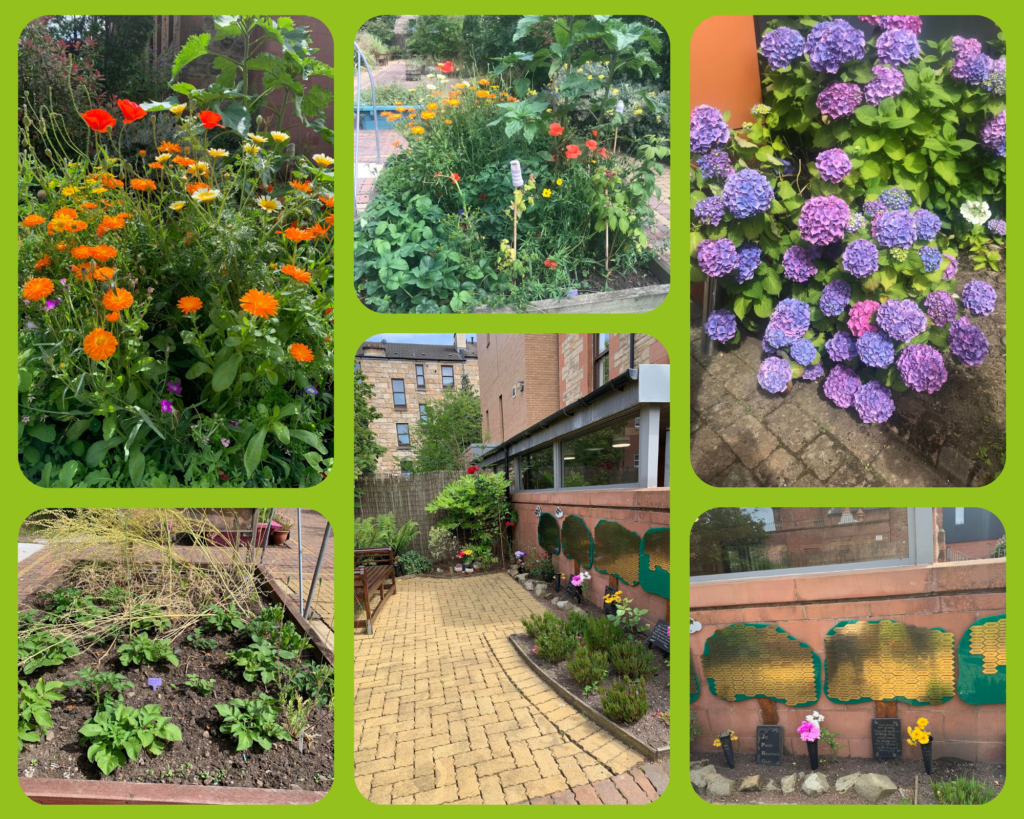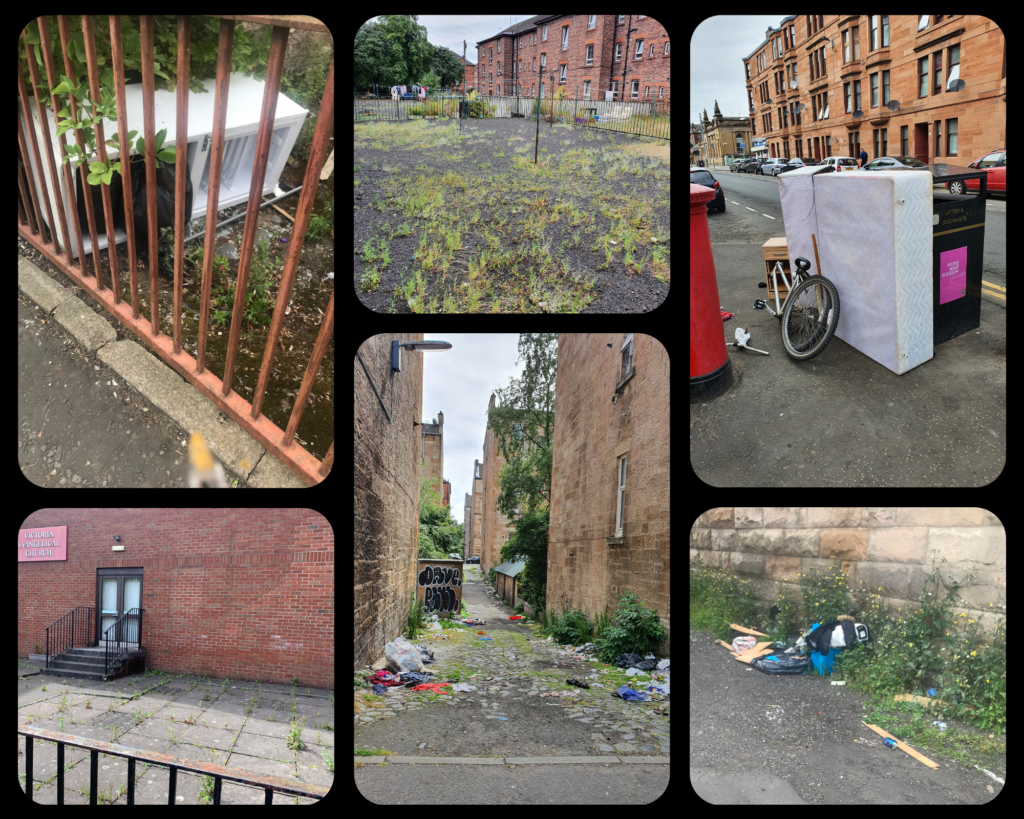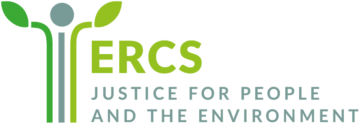In June 2022 our Rights Officer, Cornell, joined the Friends of Romano Lav youth activists in their local neighbourhood of Govanhill, Glasgow. Govanhill is one of Scotland’s most culturally diverse neighbourhoods with almost 40% of its population from a minority ethnic background. The majority of Scotland’s Roma population lives in Govanhill.
Cornell started by giving a brief introduction to environmental rights which was new for the young activists but connected with their concerns about their local environment.
Together, the group walked around Govanhill and took photos of what they liked, disliked, and wanted to change about their local environment. The aim was to capture the young people’s impressions of what they experience in their everyday lives.
Most photos taken were of two types of subjects, flowers and litter.
Flowers

The photos of flowers were taken in Govanhill community garden. Although on their doorstep, the young activists hadn’t visited this before but really liked it:
- “I took a picture of the plants because of they are colourful and we don’t really have that many beautiful plants around our streets”
- “I took a photo of red, orange, and yellow flowers because they are really pretty and the way they grow really stands out”
- “I enjoy the array of colours and I love the colourful flowers. It gives colour in places that need it”.
The community garden is an example of what local people can do together and how access to greenspace can have an immediate positive impact.
Litter

In contrast to the garden, the overall impression back on the streets of Govanhill was of rubbish bags, loose rubbish and bulk waste everywhere in the neighbourhood:
- “I dislike the rubbish it stinks and ruins the streets”
- “the rubbish smells, it makes the lane messy and it is affecting the plans”
- “too much rubbish in Govanhill”
The group talked about wanting the rubbish to go away and were concerned about the effect it had on the plants in the park. They also spoke about wanting more greenery and more flowers in place of the weeds.
The youth worker explained that people would intentionally come to dump their waste here because they knew it was where Roma people lived, and is another example of the discrimination the community live with. The dumping has also increased since the council started charging for bulk waste collection.
Greenspaces are essential for our health and well-being and for connecting to nature. We all have the right to live in non-toxic environments to live, work, study and play. To find out more, read our Greenspace FAQ.
Header image – “Govanhill, Glasgow” by Cornell Hanxomphou




